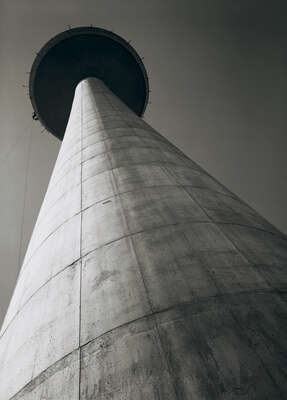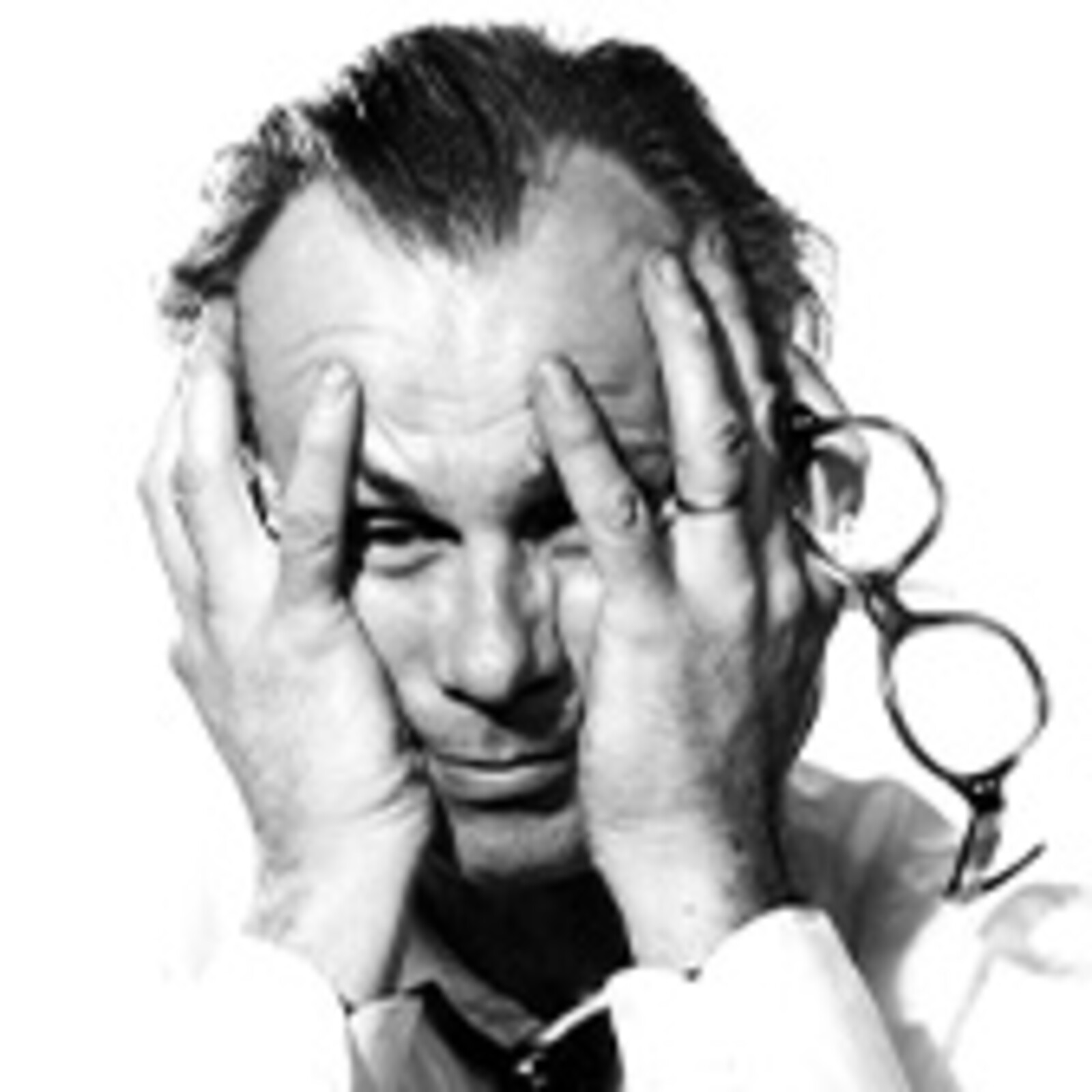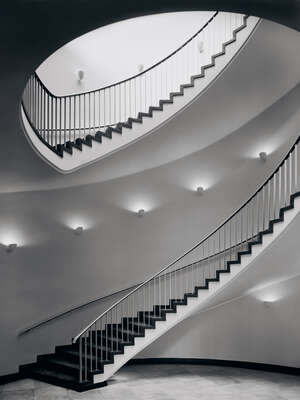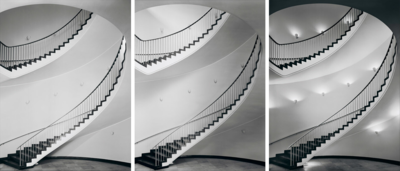

- Exclusive offers
- Inspiring new releases
- Personal invitations to Art Events


DRESS OF LIGHT In the late 1940s, Heinrich Heidersberger shot his iconic nude series Kleid aus Licht (German for “Dress of Light”) for the magazine Stern, which Henri Nannen had recently… Read more
Intro Bio Exhibitions




| 1906 | Born in Ingolstadt, Germany |
| 1928-1931 | Attended Fernand Léger’s art school while in Paris, began working in photography, met Piet Mondrian and Yves Tanguy |
| 1946 | Began working as a photojournalist, advertising and architectural photographer in Berlin |
| 1957 | Opened a studio in Brunswick, Germany, started working as a photojournalist for Stern |
| 1961 | Moved to Wolfsburg, founded the artist’s group “Schloßstraße 8” |
| 2006 | Passed away in Wolfsburg, Germany |
| 1957 | Silver Medal, 11th Triennale di Milano, Milan, Italy |
| 1981 | Lower Saxony Order of Merit |
| 1986 | City of Wolfsburg Silver Plaque |
| 2003 | Honorary Citizenship in the City of Wolfsburg |
| Museum für Photographie, Braunschweig, Germany | |
| National Gallery of Canada, Ottawa, Canada | |
| Museum für Konkrete Kunst, Ingolstadt, Germany |
| 2017 | Das zweite Auge - Rollei und die Braunschweiger Fotoindustrie, Städtisches Museum Braunschweig, Germany Heinrich Heidersberger - Face to the World, Toyohashi City Museum of Art & History, Toyohashi, Japan Ägyptische Komödie, Marionettentheater by Harro Siegel |
| 2016 | MS Atlantic, auf einem Kreuzfahrtschiff der MS Europa 2 |
| 2015 | PиTMOгPAMи, Museum für Wisschenschaft und Technik, Belgrad, Serbia Ritmogrami, Technisches Museum Zagreb, Kroatien |
| 2014 | Heidersberger. Rhythmogramme - das gestimmte Bild, Petra Rietz Salon Galerie, Berlin, Germany |
| 2012 | ARRIVARE/ Wolfsburg - Bilder einer jungen Stadt, St. Johannes-Evangelist-Kirche, Berlin, Germany MS Atlantic, Petra Rietz Salon Galerie, Berlin, Germany |
| 2011 | MS Atlantic, Galerie Kunstgut Hamburg, Germany |
| 2008 | Kunstmuseum Wolfsburg, Germany Heidersberger: Rückkehr zum Aufbruch. Fotografien 1949 bis 1973, Volkswagenwerk Wolfsburg, Germany |
| 2007 | Ästhetik der Moderne. Photographien von Heinrich Heidersberger, Museum für Konkrete Kunst, Ingolstadt, Germany Altana Galerie, Technische Universität Dresden, Germany |
| 2006 | Heidersberger Einhundert, Städtische Galerie Wolfsburg, Germany Kunstverein Wolfsburg, Germany Museum für Photographie, Braunschweig, Germany Vertretung des Landes Niedersachsen beim Bund in Berlin, Germany Lentos Kunstmuseum, Linz, Austria InFocus Galerie, Cologne, Germany Autostadt, Wolfsburg, Germany |
| 2002 | Kultur unterm Schirm, Kirchentellinsfurt, Germany |
| 2001 | Architektenkammer Niedersachsen, Hannover, Germany Galerie InFocus, Cologne, Germany Medienwerkstatt des Caspar-David-Friedrich-Instituts der Ernst-Moritz-Arndt-Universität Greifswald, Germany |
| 2000 | Heinrich Heidersberger Architekturphotographie 1952-72, Stadtmuseum Wolfsburg, Germany |
| 1999 | Galerie für Fotografie - Georg Eichinger, Berlin, Germany |
| 1997 | Die Rhythmogramme, Kunstverein Gifhorn, Germany Die Rhythmogramme, Museum für Konkrete Kunst, Ingolstadt, Germany |
| 1996 | Deutsch-Dänische Gesellschaft, Bad Harzburg, Germany Städtische Galerie Wolfsburg, Germany Fotozentrum Zimmermann, Hannover, Germany |
| 1995 | Galerie Wendelin Niedlich, Stuttgart, Germany |
| 1992 | Museum für Photographie, Braunschweig, Germany |
| 1990 | Stadt- und Lichtbildgalerie, Ingolstadt, Germany |
| 1989 | Center for Creative Photography, Tucson University, Arizona, United States |
| 1987 | Danmarks Fotomuseum, Herning, Denmark Neue Galerie der Stadt Linz, Austria |
| 1986 | Kunstverein Wolfsburg, Germany |
| 1982 | Stadt- und Lichtbildgalerie Ingolstadt, Germany |
| 1972 | Olympisches Dorf Munich, Haus Wolfsburg, Germany |
| 1971 | Städtische Galerie Wolfsburg, Germany |
| 1967 | Galerie Clarissa, Hannover, Germany |
| 1966 | Tonbildschau für Jenaer Glas in Frankfurt, Germany Heidersberger fotografier, Museet for Fotografi, Viborg, Denmark |
| 1962 | Städtische Galerie Wolfsburg, Germany Neue Galerie der Stadt Linz, Austria |
| 1956 | Die Neue Sammlung, Munich, Germany |
| 1946 | Kunstverein Braunschweig, Germany |
| 2017 | Städtisches Museum Braunschweig |
| 2016 | Thinking about Algorithms, Galarie Scheublein + Bak, Zurich, Switzerland Heidersberger & Heidersberger, Culture Matters Galarie, Hannover, Germany Sommersalon 2016, Holthoff Mokross Galerie, Hamburg, Germany Wolfsburg Unlimited - Eine Stadt als Wetllabor, Kunstmuseum Wolfsburg, Germany |
| 2015 | Lichtbild und Datenbild - Spuren Konkreter Fotografie, Museum Kunstspeicher, Würzburg, Germany Augen auf! - 100 Jahre Leica Fotografie, Hamburg, Frankfurt, Berlin, Wien und Munich, Germany ParisPhoto, Galerie Scheublein & Bak, Zurich, Switzerland Hans Arp. Der Nabel der Avantgarde, Georg Kolbe Museum Berlin, Germany Inszenierung des Fortschritts, Vintage Computing Festival, Berlin, Germany Konkrete Kunst, Kunstverein Bad Nauheim |
| 2014 | Media Scape Biennale, Rijeka, Kroatien |
| 2013 | CONCRETE - Fotografie und Architektur, Fotomuseum Winterthur, Switzerland |
| 2010 | Mirkrofografie - Schönheit jenseits des Sichtbaren, Museum für Fotografie, Fotografie der Kunstbibliothek |
| 2009 | Wolfsburg Research, Emirates Fine Art Society, Sharjah, United Arab Emirates |
| 2006 | ArchiSculpture, Kunstmuseum Wolfsburg, Germany |
| 2005 | Zentrum für Kunst und Medientechnologie, Karlsruhe, Germany Institut für Auslandsbeziehungen, Stuttgart, Germany Zwei deutsche Architekturen, several cities, Germany |
| 2001 | Abstrakte Fotografie, Kunsthalle Bielefeld, Germany |
| 1998 | The Museum of Modern Art, New York City, United States |
| 1997 | Wolfsburg und Eisenhüttenstadt, Deutsches Historisches Museum, Berlin, Germany |
| 1996 | Goethe-Institut Paris, Deutsche Gesellschaft für Photographie, Paris, France |
| 1989 | Das Foto als autonomes Bild, Kunsthalle Bielefeld, Germany Das Foto als autonomes Bild, Bayerische Akademie der Künste, Munich, Germany |
| 1984 | Image et Imaginaires d´Architecture, Centre Pompidou, Paris, France The Photographers Gallery, London, United Kingdom |